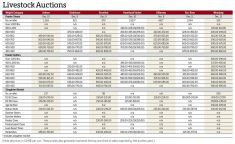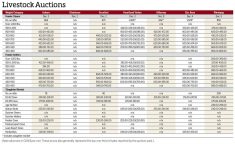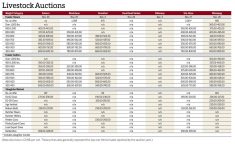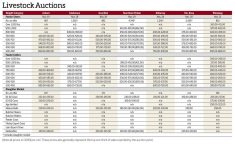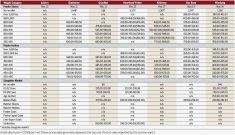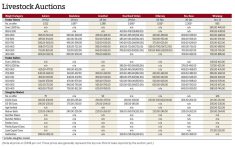For the week ending Jan. 25, western Canadian feeder markets were quite variable, trading $5-$10 on either side of levels seen seven days earlier.
Prices for calves weighing less than 600 pounds deviated significantly as adverse weather resulted in risk discounts in certain regions.
Producer selling increased over the past couple of weeks, and sales volumes were larger than normal at many auction barns.
Read Also
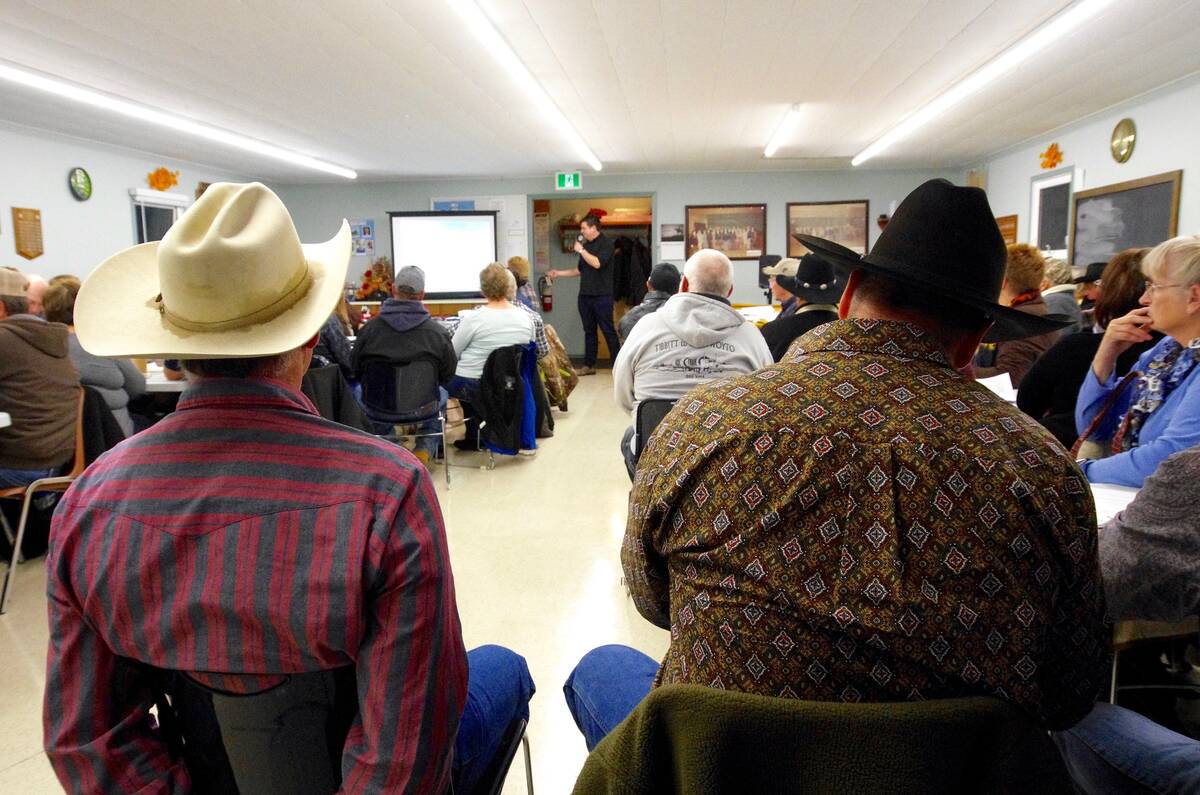
Don’t blow off that beef producer meeting
Local veterinarians and livestock experts often speak at beef producer group events. They have good advice for the farmer on vaccines, calving, beef herd management and more.
The fear that U.S. President Donald Trump would implement a tariff on feeder cattle ignited fears that market would drop sharply. Larger volumes were met with firm demand, however, which limited slippage.
Northwest of Winnipeg, black mixed heifers averaging 624 pounds dropped the gavel at $388 per hundredweight and red steers weighing 620 lbs. set the bar at $445/cwt.
In southwestern Manitoba, larger-wide frame black steers at 780 lbs. silenced the crowd at $422, and a smaller package of red heifers weighing 770 lbs. notched the board at $360. Black steers weighing 514 lb. reached up to $557, and a smaller string of black heifers with a mean weight of 463 lbs. had the crowd gasping at $508/cwt.
In central Alberta, larger-frame, lighter-flesh mixed steers averaging 901 lbs. with full processing records sold for $370/cwt. Near Calgary, Simmental mixed larger-frame heifers evaluated at 900 lbs., with full health records on light grain and silage diet, were valued at $320/cwt f.o.b. feedlot.
South of Edmonton, tan mixed steers weighing slightly more than 800 lbs. were last bid at $402/cwt.
In central Alberta, Charolais weaned steers with a mean weight of 692 lbs. traded for $454 and Angus-based heifers averaging 700 lbs. were last bid at $392/cwt.
At the Rimbey, Alta., sale, Simmental-Angus cross short-weaned calves on barley and silage diet, with full processing records, and averaging 586 lbs. sold for $488/cwst. Near Lethbridge, a handful of red steers weighing slightly more than 500 lbs. sold for $552.
Southeast of Saskatoon, higher quality tan steers weighing slightly more than 600 lbs. touched $520.
Feed stocks and herd size
Statistics Canada will release its Dec. 31 grain stocks report on Feb. 7.
On-farm barley stocks as of Dec. 31 are expected to come in at 4.5 million tonnes, down from the Dec. 31, 2023, on-farm number of five million tonnes.
Canadian barley stocks are expected to drop to historical low levels at the end of the 2024-25 crop year.
There is significant upside in the barley market, which may be tempering the upside in the 800 lbs.-plus feeder category.
Despite the higher calf prices, there has been limited heifer retention in Western Canada for herd expansion over the past few years. During the summer of 2025, we’re expecting cow-calf producers to hold back 50,000-60,000 heifers for expansion, thereby lowering the feeder cattle supply in Western Canada.
The yearling crop harvested in August and September has been shrinking each year.
Feedlot operators are securing ownership of lighter calves and placing them in custom backgrounding lots. This will ensure available yearling supply in August and September and may be contributing to the wide variation in prices for lighter calves.
The live and feeder cattle futures are incorporating a risk premium due to the uncertainty of tariffs on Canadian feeder cattle, fed cattle and beef. This comes on the heels of the U.S. border closure to Mexican feeder cattle due to the detection of New World screwworm.




